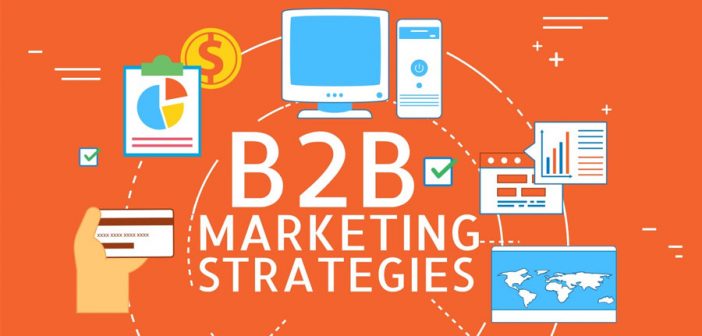B2B marketing strategies must account for the lag time between lead generation, lead management and the direct sales process. Otherwise, the organization risks missing the forecast each and every quarter.
The concept of a lag factor is generally understood but for some reason the time it takes to conceive integrated demand planning, the execution of campaigns, and the generation of leads, marketing qualified leads, sales qualified leads and qualified sales opportunities is not fully appreciated Or at least this time is frequently not accounted for in revenue forecasts.
B2B Marketing Strategies -Decomposing the Lag
It’s important to realize that leads created today will result in some closed/won deals in six months. Why? Decomposing the tactics underneath the marketing process reveals:
- Creating the Lead (via the specific demand creation vehicle) and converting to a Marketing Qualified Lead (MQL) requires approximately 30 days. This assumes demand creation vehicles (web forms, syndication, events, emails, webinars, etc.) will generate leads over a period of time greater than one day. In addition, the lead needs to be entered into the marketing automation system, appended (automatically or manually), scored and routed.
- .”>
 Converting the MQL to a Sales Qualified Lead (SQL) is assumed to also take 30 days on average. Here, the hand-off between the demand creation and demand management teams takes place. The Sales Development Rep (SDR or Business Development Rep (BDR) receives the hand-off via the marketing automation system and confirms that the MQL criteria has been met.
Converting the MQL to a Sales Qualified Lead (SQL) is assumed to also take 30 days on average. Here, the hand-off between the demand creation and demand management teams takes place. The Sales Development Rep (SDR or Business Development Rep (BDR) receives the hand-off via the marketing automation system and confirms that the MQL criteria has been met. - Converting an SQL to a QSO. Over the next 30 days, the SDR will engage in a multi-touch integrated approach (phone contact and emails) to engage with the SQL. The SDR will try to obtain information about specific criteria needed to fulfill the qualification matrix jointly created by the sales and marketing teams. If the combination of responses in the qualification matrix meets a threshold to convert an SQL to a Qualified Sales Opportunity (QSO), it is passed to sales and entered into the sales automation system.
- Working the QSO to a closed/won status is the primary responsibility of the sales team, and many companies track and manage this process via “the close ratio”. There may be several stages between QSO and closed/won what’s important is the time period required. It typically requires about three months to bring a QSO to closed/won status.
On average, this sales and marketing process amounts takes about six months.
B2B Marketing Strategies -Establishing the Lag
It’s important to not interpret marketing’s contribution to the closed won deals will always require six months. For example, “Blue Birds” – deals that come out of nowhere and close quickly — sometimes happen. That being said, hope is not a strategy a B2B organization should build a revenue plan around as Blue Bird appear randomly. While Blue Birds do happen, it is best to take a conservative approach and not build these types of deals into the revenue plan when calculating average sales cycles.
B2B Marketing Strategies – The Minimum Lag
As stated earlier, there is always a lag time between an opportunity and a closed/won deal. At a minimum, the lag is the time it takes a salesperson to close a deal. Best practice in B2B companies measures the close ratio from the time a salesperson agrees a real sales opportunity (QSO) exists — which is documented in the sales automation system — and the time to closed/won or closed/lost. In this example, because three months was assumed, the smallest lag would be three months. However, this requires starting with a QSO.
The demand creation and demand management teams can build integrated campaigns that focus on delivering QSO’s, but those programs tend to be very focused, more expensive and require greater domain expertise. On a similar note, the focus can be to generate SQLs using a wide range of demand creation vehicles that are well suited for this task.
It is possible to shorten the lag but doing so requires a thorough understanding of:
- the specific business problem
- the customer buying process
- the unique differentiation
- the value drivers that resonate with the different personas in the buying process
- relevant and meaningful content for each persona aligned to the buying process
- the sales process
While B2B marketing strategies must account for the lag time, an organization can proactively manage this by choosing the appropriate demand creation strategy and accounting for it in the revenue plan.
–
This article first appeared in www.fourquadrant.com
Seeking to build and grow your brand using the force of consumer insight, strategic foresight, creative disruption and technology prowess? Talk to us at +9714 3867728 or mail: info@groupisd.com or visit www.groupisd.com




